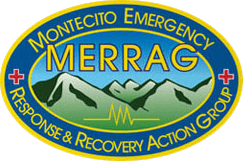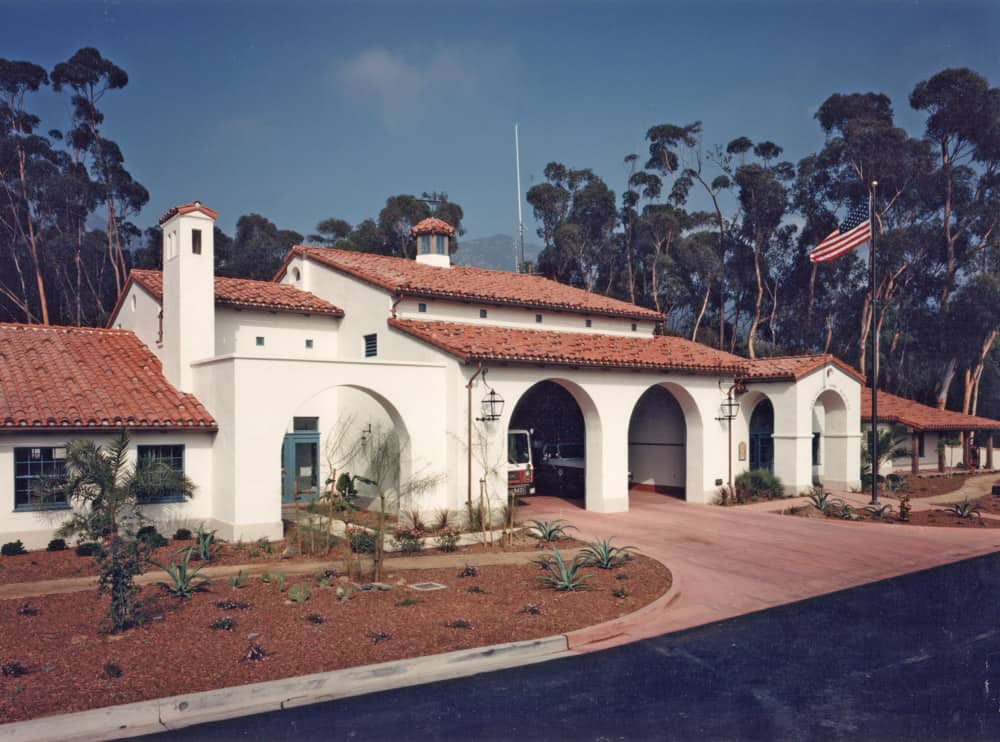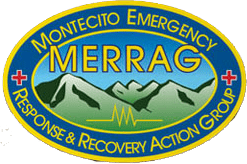Each Month we will list one simple thing you can do to be better prepared for Disaster. This month we’d like you to focus on Emergency Supplies.
The following information is provided byhttp://do1thing.com/The mission of Do 1 Thing is to move individuals, families, businesses and communities to prepare for all hazards and become disaster resilient.
GOAL: Be prepared to give first aid while waiting for an ambulance.
Things to do
Below is a list of thing that you can do to achieve your goal this month.
Choose at least one, and complete it.
Know what to do while waiting for an ambulance to arrive.
Call 911 instead of trying to take an injured or ill person to the hospital yourself. It seems like waiting for an ambulance will make it take longer to get help, but ambulance crews can start providing care as soon as they arrive. They can get the patient to hospital quickly, legally, and more safely.
- Stay on the line with 911 and follow emergency instructions.
- Stay calm and try to keep the patient calm.
- Don’t move a patient who was injured in an automobile accident or fall, or who was found unconscious.
- If the patient is cold, cover them with a blanket.
- Don’t give an injured person anything to eat or drink (unless instructed by the 911 dispatcher).
- Have someone watch for the ambulance and show the crew how to get to the patient. (This is especially important in an apartment or office building, or if your address is hard to see from the street)
Make or buy first aid kits for your home and car.
Ready-made first aid kits are available at most department stores or your local American Red Cross chapter. These kits come in a variety of sizes and prices. You can also make your own kit from supplies you probably already have around the house.
Some items that should be included in a basic first aid kit are:
- Adhesive Tape
- Gauze Pads and Roller Gauze (assorted sizes)
- Antiseptic Ointment
- Hand Sanitizer (liquid or wipes)
- Band-Aids (assorted sizes)
- Plastic Bags
- Blanket
- Scissors and Tweezers
- Cold Pack
- Small Flashlight and Extra Batteries
- Disposable Gloves
- Triangular Bandag
Take training in first aid, CPR, AED, or pet first aid.
Helping others in a medical emergency isn’t as hard to learn as you might think. Knowing how to apply a bandage, identify the signs and symptoms of shock, perform CPR or use an automatic external defibrillator (AED) can save a life.
First responders may not be on the scene for five minutes or more. It is up to individuals like you to be ready to help someone who is injured. The person whose life you save may be someone that you love.
Many American Red Cross chapters now offer training in pet first aid. Training may also be available through your local humane society, kennel club, or pet store. Check with your veterinarian to see what special items you may need to include in a first aid kit for your pets. If you travel with your pet, or if they are service or hunting animals, you may want to make a travel-sized pet first aid kit as well.
Contact your local fire department or American Red Cross chapter to learn what first aid classes are available in your area. Ask your employer if they will sponsor a class for your workplace, or take a class with your family or on your own. Many classes are offered free of charge. Courses may also be offered at your place of worship, school, or community organization. Community Emergency Response Team (CERT) training also includes first aid training.
An emergency can happen at any time and any place. Many public places have a first aid kit, oxygen, or an AED (automated external defibrillator) to treat people. These items can only save lives if someone knows how to use them. Actions you take in the first few minutes after an injury or other medical incident may save someone’s life.
Being prepared doesn’t have to be hard or expensive. By doing one thing a month, you can make sure that you and the people who depend on you will be better prepared for whatever happens.



